Bone Fractures

A bone fracture or broken bone occurs when a strong impact or force is placed on a bone. Fractures are common and can be caused by motor vehicle accidents, falls, sports injuries or weakening of the bones due to aging.
Common types of bone fractures and possible symptoms
Hip Fracture
A hip fracture is a break in the upper quarter of the femur (thigh) bone. The extent of the break depends on the forces that are involved.
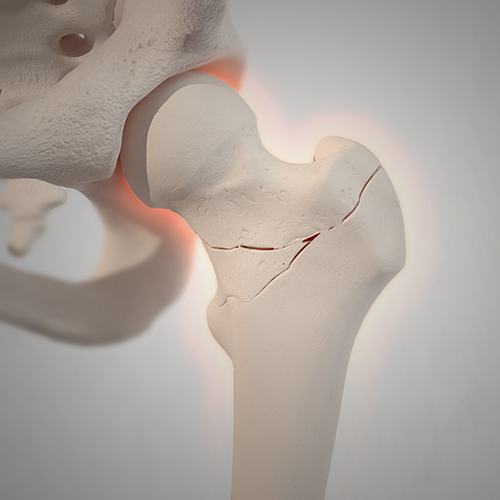
Symptoms
If you have a hip fracture, you will typically have pain at the outer upper thigh or in the groin. You may have significant discomfort with any attempt to flex or rotate the hip.
If the hip has been weakened by disease, you may notice aching in the groin or thigh area for a period of time before the break.
If the bone is completely broken, the leg may appear to be shorter than the non-injured leg.
Shinbone Fracture
The tibial shaft, or shinbone, is the most commonly fractured long bone in the body. A tibia fracture occurs along the length of the bone, below the knee and above the ankle.
It typically takes a major force to cause this type of fracture. Motor vehicle collisions, for example, are a common cause of tibial shaft fractures. In some cases, the smaller bone in the lower leg (fibula) may also be fractured.
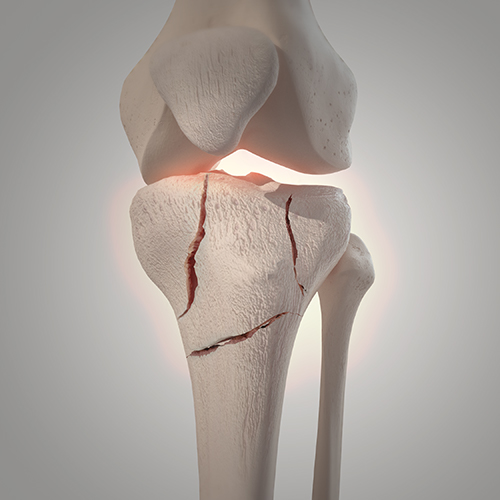
Symptoms
A tibial shaft fracture usually causes immediate, severe pain. Other symptoms may include:
- Inability to walk or bear weight on the leg
- Deformity or instability of the leg
- Bone “tenting” over the skin at the fracture site or bone protruding through a break in the skin
- Occasional loss of feeling in the foot
Thigh Bone Fracture
The femur shaft, or thigh bone, is the longest and strongest bone in the body. Because the femur is so large, it usually takes a lot of force to break it. A motor vehicle accident is the main cause of femur fractures.
The long straight part of the femur is called the femoral shaft. When there is a break anywhere along this region, it is called a femoral shaft fracture. This type of fracture almost always requires surgery to heal.
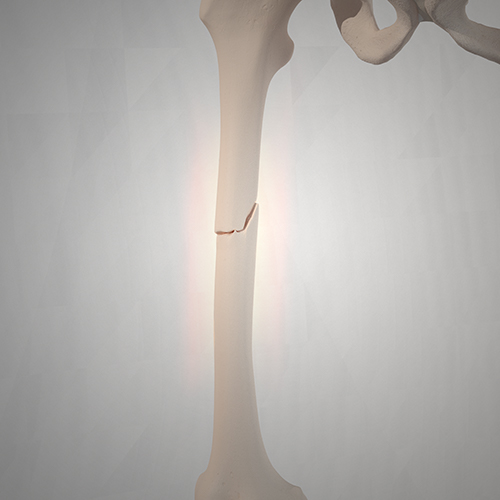
Symptoms
A thigh bone fracture usually causes immediate, severe pain. You will not be able to put weight on the injured leg, it may look deformed, appear to be shorter than the other leg, or no longer straight.
Wrist Fracture
The radius is the larger of the two bones of the forearm. The end toward the wrist is the distal end. A fracture of the distal radius occurs when the area of the radius near the wrist breaks.
Distal radius fractures are very common. In fact, the radius is the most commonly broken bone in the arm.
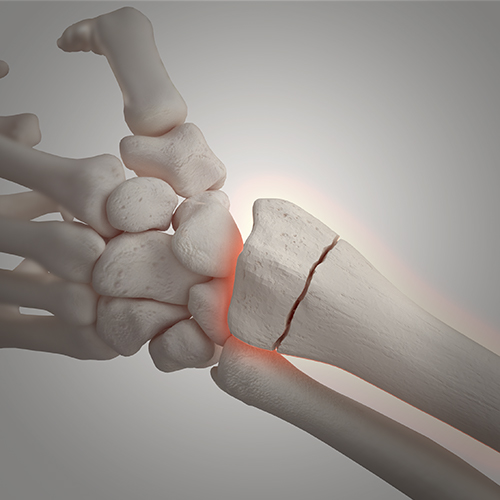
Symptoms
A broken wrist usually causes immediate pain, tenderness, bruising, and swelling. In many cases, the wrist hangs in an odd or bent way.
Shoulder Fracture and Dislocation
Trauma to the shoulder is common. Injuries range from a separated shoulder resulting from a fall to a high-speed motor vehicle accident that results in fracture of the shoulder blade or collarbone.
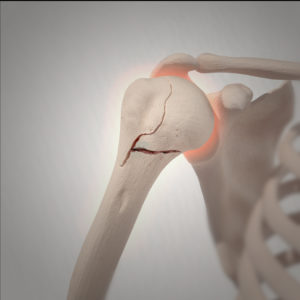
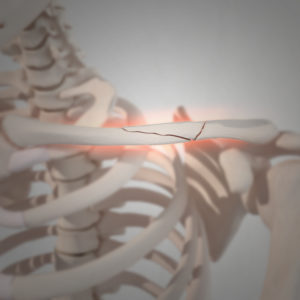
Symptoms
Symptoms of fractures and dislocations of the shoulder or collarbone may cause pain, swelling and/or bruising in the area.
You may not be able to move your shoulder and if you do, you may feel a grinding sensation. You may also notice your shoulder just does not look right.
Ankle Fracture
A broken ankle, or ankle fracture, means that one or more of the bones that make up the ankle joint are broken.
A fractured ankle can range from a simple break in one bone, which may not prevent walking, to several fractures which force the ankle out of place and may require no weight bearing for a few months.
The more bones that are broken, the more unstable the ankle becomes. Ligaments may also be damaged. The ligaments of the ankle hold the ankle bones and joint in position.
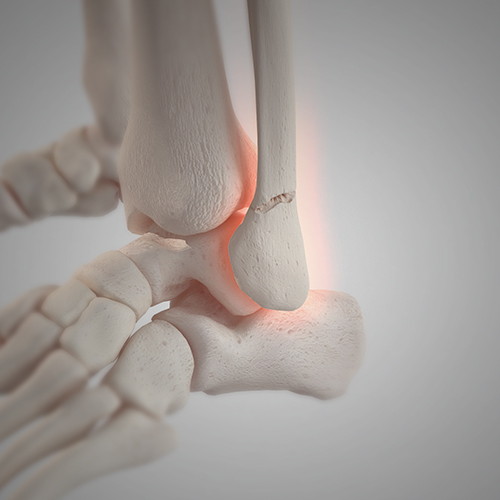
Symptoms
Symptoms of a broken ankle include immediate and severe pain, swelling, bruising, tenderness to the touch, and an inability to put any weight on the injured foot. You may also notice your ankle just does not look right.
What treatment options are available for bone fractures?
A bone fracture is typically treated with a cast and/or splint. Severe fractures may require surgery. Surgery may involve fixation of the fracture with plates, screws, nails or external fixation.
Treatment with a fixation device may help you return to normal activities. You may notice improvement of some or all symptoms, and pain from surgery may diminish 4-6 weeks after surgery however, recovery times vary between patients.
It is the surgeon’s goal to return you to preoperative activities. A positive attitude, reasonable expectations and compliance with your doctor’s post-surgical instructions can help contribute to a satisfactory outcome.
Disclaimer:
The material on this website is intended to be an educational resource only and is not meant to be a warranty or to replace a conversation between a patient and their physician or member of their health care team. Please consult a physician for a complete list of indications, contraindications, precautions, warnings, clinical results and other important medical information that pertains to this procedure. The decision to receive medical treatment is individualized to the patient and the patient’s symptoms. The information presented on this site may not apply to your condition, treatment or its outcome, as surgical techniques vary and complications can occur. It is important to discuss the viability of any surgical procedure with a physician to decide the right treatment option.
